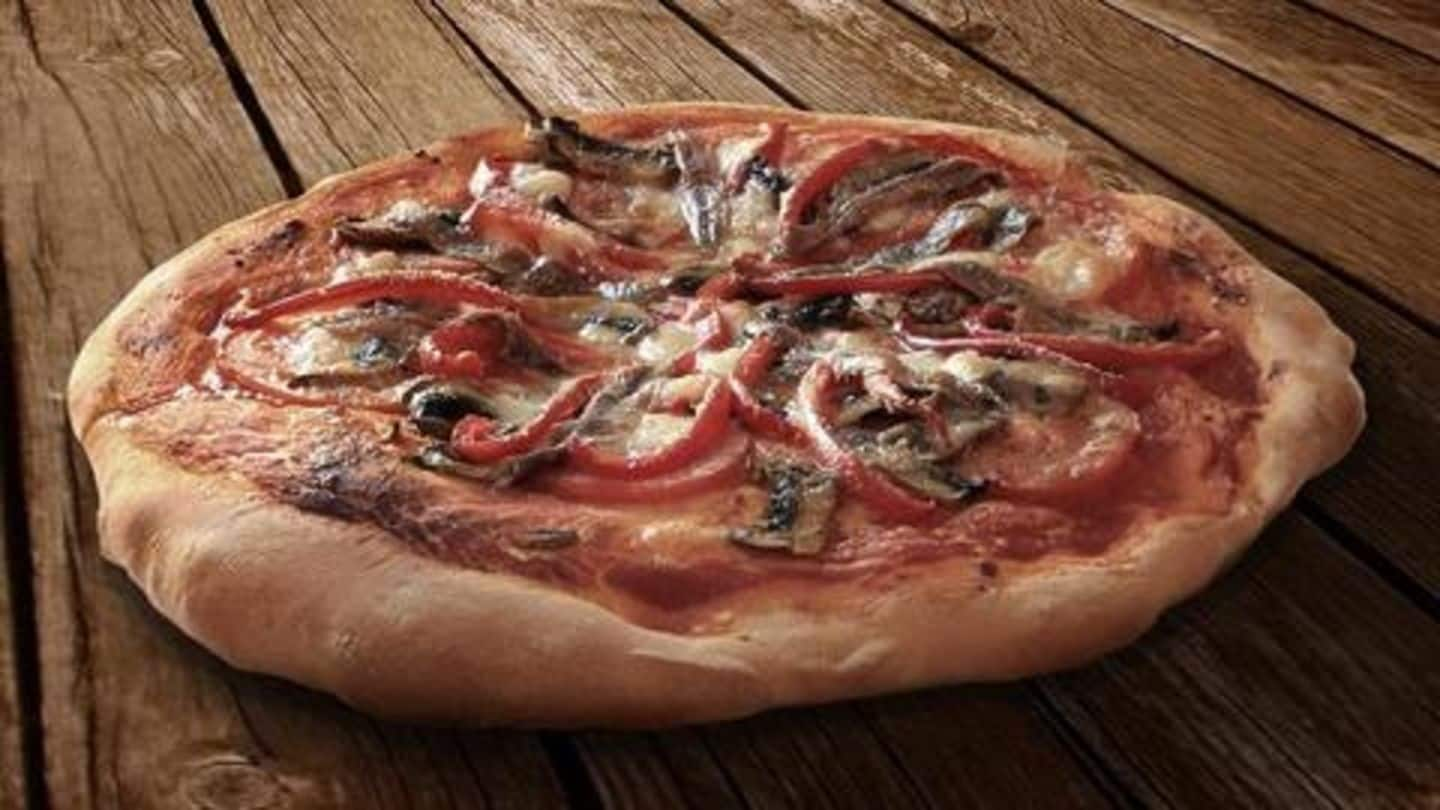
3D-printed food: Here's how it can be prepared
What's the story
From automobile parts to medical implants, modern 3D printers can create just about anything with a given set of raw materials. The technology is just amazing, and over the last few years, people have started using 3D printers for something totally different: food production. Yes, today, you can literally print food items like Pizza using a 3D-printer. Here's how that happens.
3D food printing
First up, what is 3D food printing?
The concept of 3D printing revolves around additive manufacturing or the process where layers of raw materials are repeatedly deposited over one another to create different objects. Food printing is pretty much the same, but in this case, ingredients like edible powders, gels, sugar, and dough are processed by sophisticated 3D printers to extrude final edible item onto the plate.
Information
Other 3D printing techniques used
Apart from additive manufacturing, some newer techniques have also evolved. For instance, 3D food printers that use a binding technique to adhere ingredients together with edible material or an even complicated method which involves nozzles and lasers for extruding food layer-by-layer.
Food items
What can be prepared by 3D food printers?
As long as the material in use can be converted into a paste, there's no limit to the stuff you can prepare using 3D printing. The ingredients have to be forced into printer's syringe-like mechanism, following which they are manipulated into desired items with pre-defined geometric configurations and nutritional ratios. Among various items, you can easily make waffles, smoothies, brownies, pizza, pasta, and noodles.
Benefit
Customization is the biggest advantage
The element of customization is the biggest advantage of 3D food printing. Today, you can use 3D food printers to make dishes just as you want, like with desired nutritional content (according to dietary habits) and shapes/forms. Notably, several commercial kitchens, bakeries, and confectioneries are already using 3D food printers to create exactly identical forms of food (like chocolate sculptures for wedding cake).
Process
So, how can you print your food products?
If you have a sophisticated 3D food printer like Foodini or ChefJet Pro, the process of preparing perfectly-shaped waffles, pasta, any other item is pretty much like using a regular 3D printer. However, in this case, you will have to add ingredients as a viscous solution into the syringe of the printer, which extrudes it on the surface in the desired shape and requirement.
Information
3D food printing may also solve food crisis
The world's population is expected to go beyond 9 billion by 2050. As such, 3D food printing has also been pitched as a potential solution for increasing food production by using renewables like algae with substances that form a gel in the presence of water.
Drawbacks
However, 3D food printing is not yet perfect
3D food printing could open a range of possibilities, but at the same time, it is not absolutely perfect. Yes, you get perfect-looking and healthy food items, but the whole process also consumes a lot of time and money, especially if you're buying a printer on your own. Additionally, the problem of making a paste of ingredients for printing makes things even more complicated.